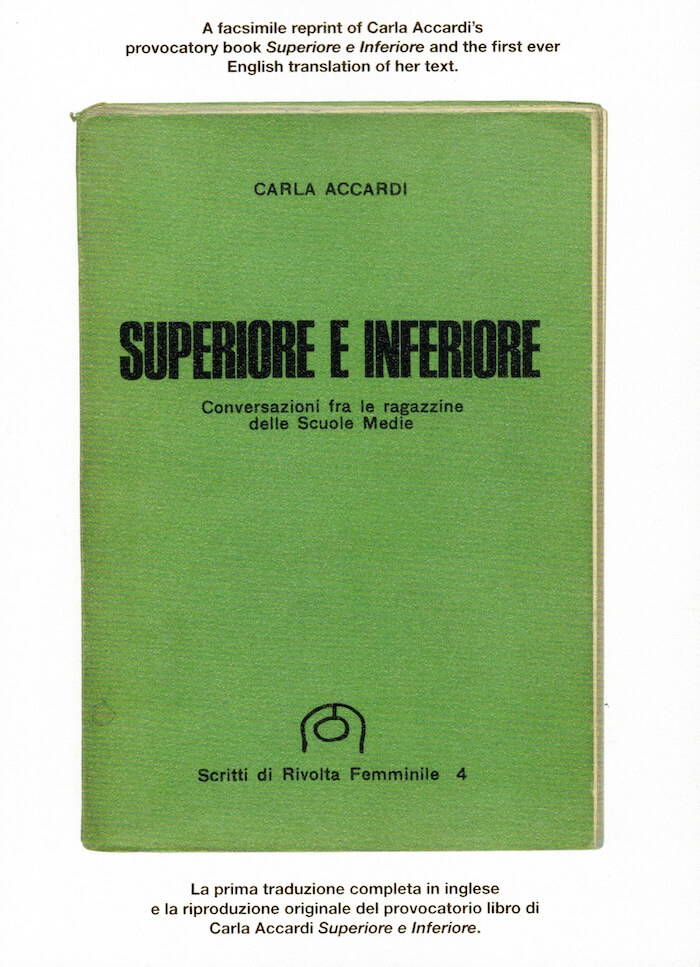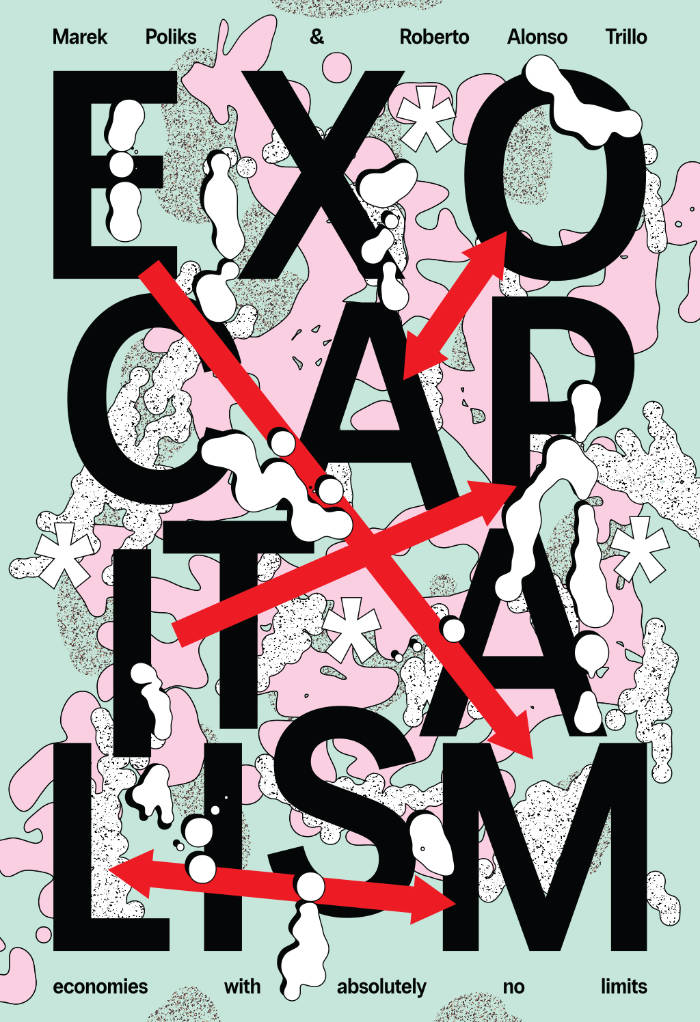
Folio G: Gendered Labour and Clitoridean Revolt
Jaleh Mansoor ed., Sara Colantuono ed., Arlen Austin ed.
Folio G presents new translations of significant texts by two poles of Italian feminist thought—Leopoldina Fortunati and Carla Lonzi—to examine the “unexpected subject” of women in society and history. These texts are accompanied by contextual essays that explore the reverberation of their thought in contemporary artistic practice, theory, and models of creating freedom for women in everyday life.
New translations of texts by:
Leopoldina Fortunati
Carla Lonzi
Rivolta Femminile
Additional contributions by:
Sara Colantuono
Claire Fontaine
Maya Gonzalez
Matilde Guidelli-Guidi
Jaleh Mansoor
Giovanna Zapperi
Language: English







